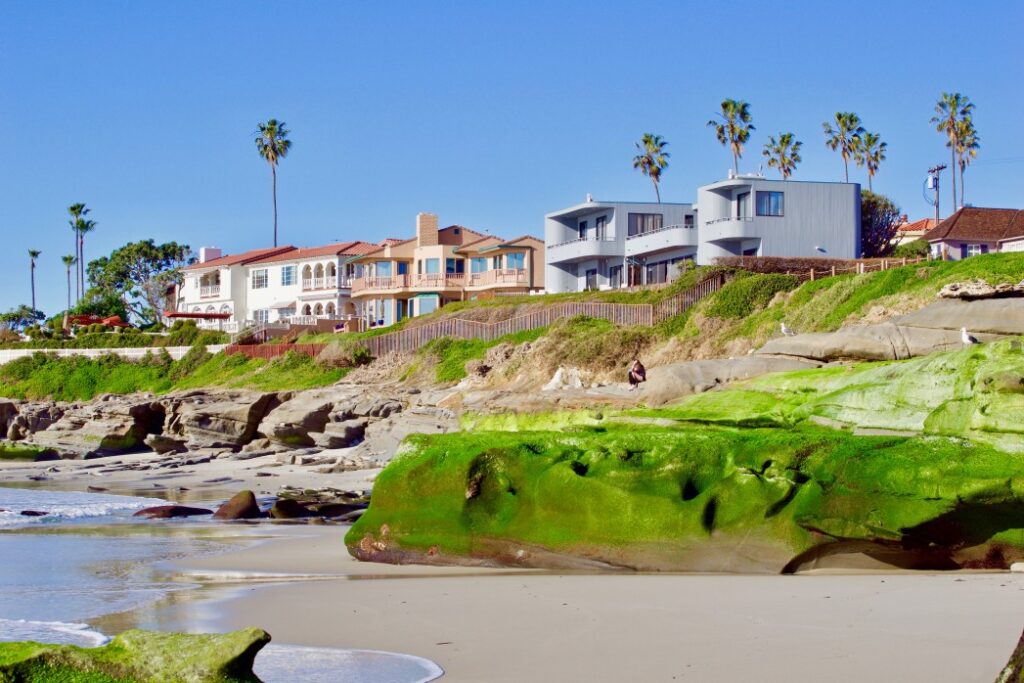Why Are Coastal Properties Increasingly Expensive?
Coastal properties are becoming increasingly expensive because of several factors. In a recent study, researchers compared properties with varying levels of sea exposure. Homes that were more vulnerable to sea level rises sold for 6.6 percent less than homes that were not exposed to the sea. After sea level rises by one foot, the most vulnerable homes are at greatest risk of flooding. This study revealed that a 6.6 percent discount is not unusual for homes that are vulnerable to flooding. The decline in home prices is due to the interest of insurers in weather-proofing and flood defenses.
Rising sea levels
Homeowners on the Gulf and East coasts are losing nearly $16 billion in property value because of rising sea levels, a new study shows. Rising sea levels could make property on the coast more expensive, even though flood risk has discouraged many buyers. First Street Foundation analysts looked at 17 states’ residential home sales to determine that coastal property values increased at a slower pace than those in areas not affected by flooding.

Although sea levels have risen eight to nine inches between 1880 and now, they are expected increase by another foot or so by 2100. Even though a slight rise in sea level can have devastating consequences, hurricanes are more likely than severe droughts or wildfires to be the focus of media attention. Despite the risk of rising sea levels, most homebuyers are not frightened away from coastal property. Rising sea levels will impact home values, property taxes, and insurance costs.
Banks are reluctant to lend money on coastal properties
Rising sea levels and climate change are transforming the classic 30-year mortgage. Flexible mortgages allow home buyers to leave if their home is damaged by flooding. Banks ask coastal property buyers to make higher down payments, usually 40 percent of their purchase price, as a way of mitigating climate change’s risks. It’s not all bad. Some people are losing their homes due to rising sea levels.
Lenders are cautious about lending money to buyers in areas susceptible to hurricanes and coastal storms. But it is local banks that are more likely to know the riskiest neighborhoods. Local banks sold almost 40 percent of mortgages in areas with high-risk climates in 2009, but this figure jumped to 57 percent by 2017. This is a significant amount. This is why banks are so wary of these properties.
Insurers are interested in flood defenses
The study concludes that there is a need to enhance the demand for flood insurance in Canada. Consumer behavior and risk reduction measures as a response to differentiated premiums are key factors in the insurers’ interest in flood protection. This low demand can lead to moral hazard or adverse selection. This is why more funding from the government is needed in this area. Moreover, the current approach relies too much on local governments to foster demand for flood insurance and underutilizes federal resources.
The UK floods of recent years have demonstrated the severity of flood risks. The UK Flood Model now includes enhanced functionality that allows insurers to understand their flood exposure. Users can conduct ‘what-if’ investigations and assess their individual risk profiles with high-quality, flexible flood modeling. Flood risk maps can help insurers understand flood risks in coastal properties, and how to manage them. These factors are increasing the interest of insurers in flood defences at coastal property.
Weatherproofing requirements
Coastal properties need special weather-proofing techniques because coastal areas typically have high levels of humidity, which can cause wood to warp and fall apart. The materials should be strong enough to withstand different temperatures and wind conditions. Natural materials like wood, concrete and fiberglass are good choices for coastal properties.
These impact provisions were exempted from the Panhandle of Florida in the past, but that changed in 2007. New homes must now have hurricane straps, hurricane shutters, hurricane shutters, hurricane-resistant windows and doors, enhanced anchoring of exterior walls, hurricane straps, and hurricane straps. These standards must be met in Bay County which includes Panama City and Mexico Beach. If they are not, the cost of building a home will go up. Although the costs of coastal provisions can be high, the benefits are far greater than the cost.